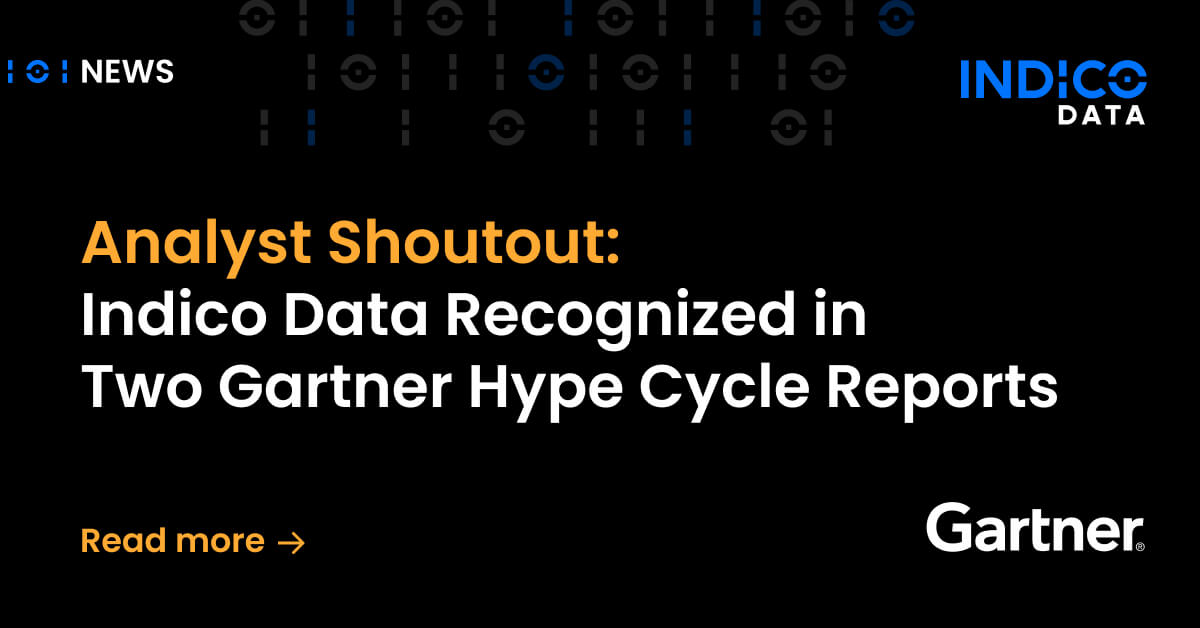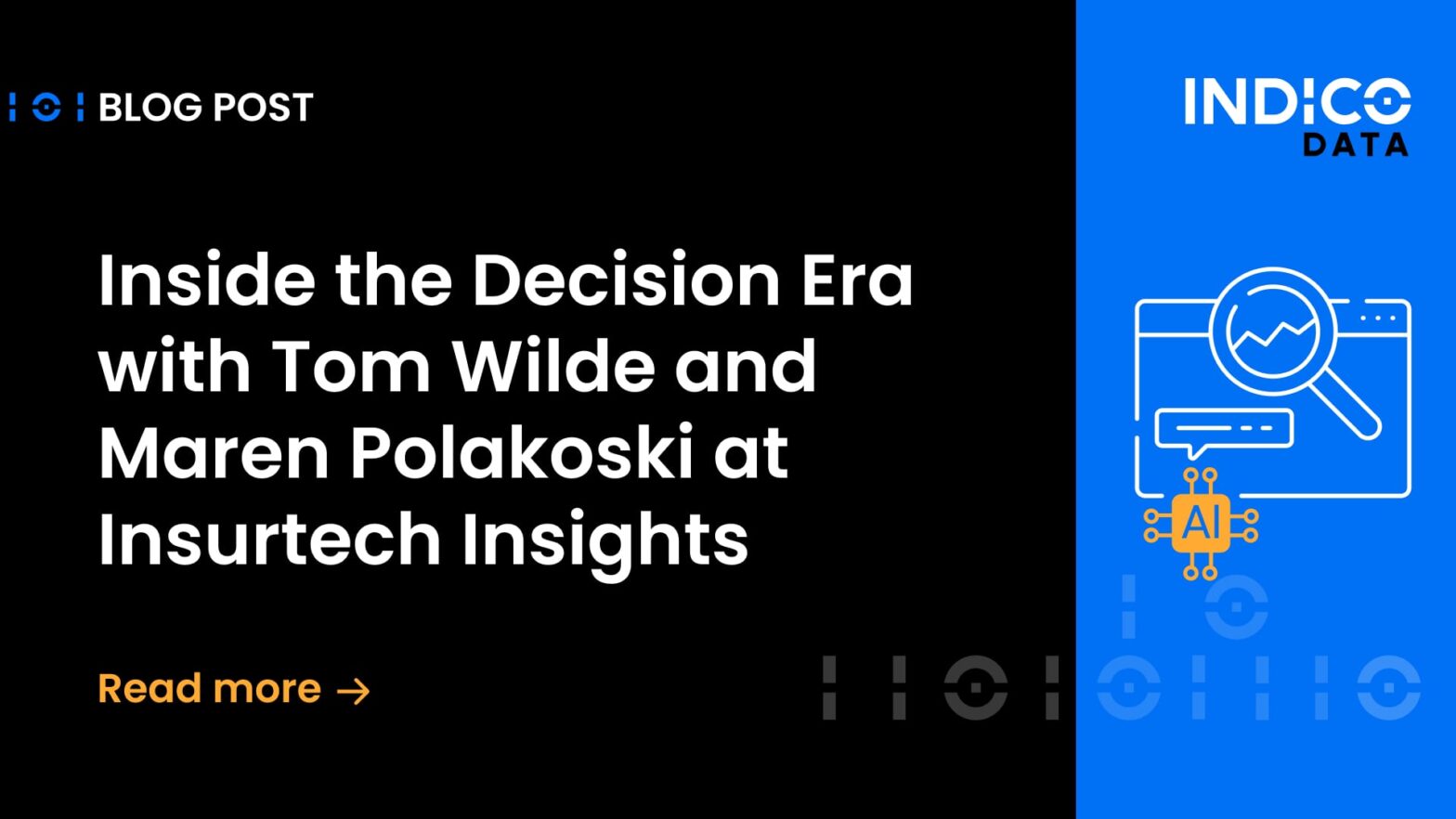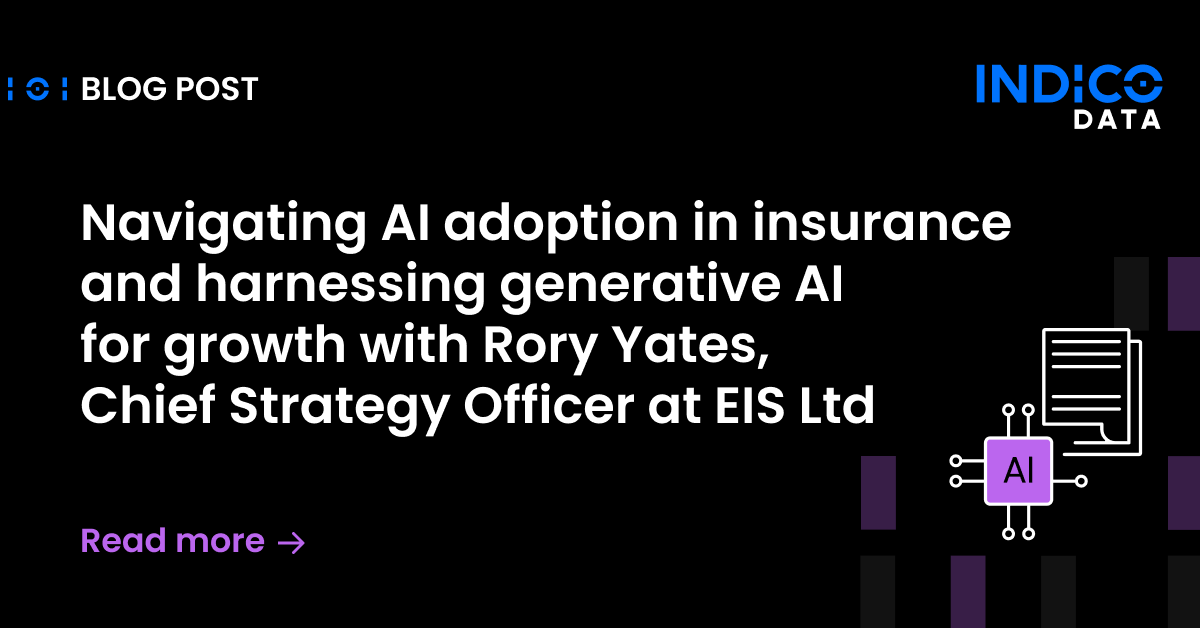Before implementing virtually any new software or service, you need to have a good idea of the potential benefits to determine whether the return on investment (ROI) will make the project worthwhile. It’s an exercise we routinely go through with customers looking for intelligent process automation (IPA) solutions – and the results are often so good they’re hard to believe.
To understand why that’s the case, you first need to have a good grasp of what IPA solutions are all about. Check out this blog post for a good IPA explainer, but the short version is that IPA automates tasks that involve tedious data processing and, often, a lot of people.
Sample Use Case Showing IPA ROI
Consider an insurance claim, for example. It requires people upfront to process numerous documents and images – much of it unstructured content that robotic process automation tools can’t deal with. The documents must be entered into a claims processing system and routed to various adjusters for review. This process requires time from multiple people on numerous fronts: to input the documents, route the claim, review it, then return a result.
Intelligent automation in insurance and across other verticals enables companies to automate these kinds of processes. By comparing each claim to thousands that have come before, IPA solutions can quickly determine whether it should be approved or not. Human involvement comes down to a quick review by a supervisor to validate the IPA tool’s decision.
From our experience, companies can often reduce process cycle times by 85% and increase process capacity by 4X, allowing firms to scale dramatically without increasing employee headcount. Eliminating repetitive tasks from employees also increases their job satisfaction, by freeing them up for more meaningful and rewarding work. We’re seeing reductions in human resources required for repetitive tasks as high as 80%.
That translates to some rather incredible ROI numbers.
Let’s assume a given process involves 10 employees who each make $100,000 per year (fully loaded), or $1 million total, and the team performs 500k tasks per year. This means each task costs $2. If intelligent process automation can automate on average 75% of the task, which is not at all an unrealistic number, your cost per task drops to $.50 and your annual gross savings are $750k. If you add back the cost of the automation solution, you are able to calculate the annual ROI on your investment.
Soft Benefits of IPA Add to ROI
And that’s just the hard, quantifiable numbers. The ROI also includes other aspects that are more difficult to quantify but no less important. They include employee satisfaction and optimization, which comes from freeing up employees from those boring, repetitive tasks and dedicating them to more rewarding work that drives additional business value. In the example above, you effectively have $600,000-worth of employee time to dedicate to other areas, dramatically increasing the capacity of the organization.
Process automation solutions also produce more accurate, reliable results as compared to humans asked to perform the same task over and over. That means you’re now reducing the impact of mistakes on product and service quality.
The consistency inherent in intelligent automation tools is also an asset for dealing with compliance requirements for various industry and government regulations. Performing processes the same way every time greatly increases the probability that you don’t stray out of compliance.
To Deliver ROI, IPA Solutions Must be Accessible
Companies are much more likely to receive all these benefits if their IPA solution is easy to implement, enough so that it can be done by the business people who are actually involved in the processes. That’s exactly who Indico’s IPA solution is built for. In just an hour or so, business folks on the front lines can build a working IPA model – and be on their way to significant ROI.
If you’ve got a process you’d like to see about automating, contact us and we’ll run some ROI numbers for you.


